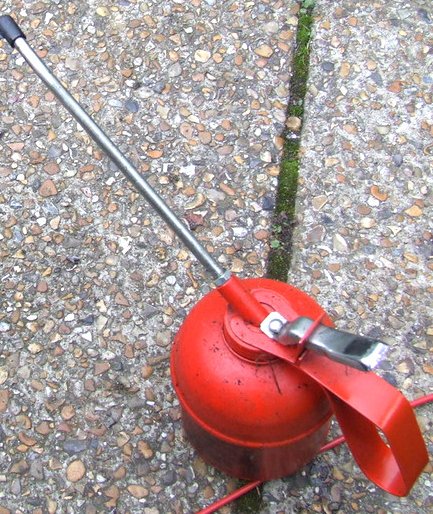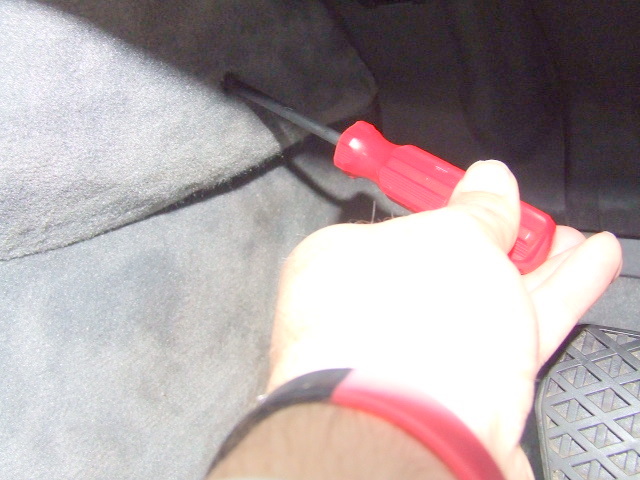E31 IGNITION KEY REPAIRS
E31 keys are pretty clever things. They consist of three separate security devices.......the cut part of the key itself, a radio frequency immobiliser and a transponder that is coded to the car.
My main key was getting temperamental, sometimes it would work, sometimes not. Although the battery was new, sometimes the LED would not flash. Time to take it apart. No need for explanations to start with:




In the previous picture the transponder can be seen, here is a close-up of it:

It is a completely self-contained wireless transponder (Phillips PCF7930SA), it is not wired to anything, is completely encapsulated and can be oiked out.
This bit appears to be the problem. This mylar film has conductive tracks that rely on the graphite to complete the circuit:

A close look at the graphite next to the number '29' in the centre of the film shows that there are two worn areas where the graphite has been lost. The key body has two small pillars that push the film against the PCB. Here is the key body and then the PCB where contact is made:


There's an easy fix for this one.....stick a little block of foam under the mylar film:

The foam puts a little pressure on the film so that a new area of graphite makes contact with the PCB.
Stuffed it all back together and all OK.
My other key was obviously a lot more worn and the 'Lock' button had collapsed although it would still work if given a hefty squash. So I took that one apart as well. The rubbery bit had distorted so it missed the right spot:

The rubbery bit is glued into the plastic to form a watertight seal and cannot be replaced (easily). Buying a key from Ebay (£29) would involve trying to melt the key shank off and installing the old one, possible and might be worth a go in the future.
However, for now I'll reshape the rubber by poking a pen barrel around the rubbery prong, straightening it up and then give it a good frazzling from the outside with a small heat-gun:

A bit industrial and quite a bit of smoke but it did work when it cooled down in the right position! Recently, I have seen the rubber parts for the E38 keys on Ebay, this might be a more sensible option rather than frying them.
While it was apart I noticed it had the transponder missing! Although it works the immobiliser and you can turn the ignition ON, it will not turn the engine over......good thing I never relied on that then!
All done, time for a cup of tea......
































































